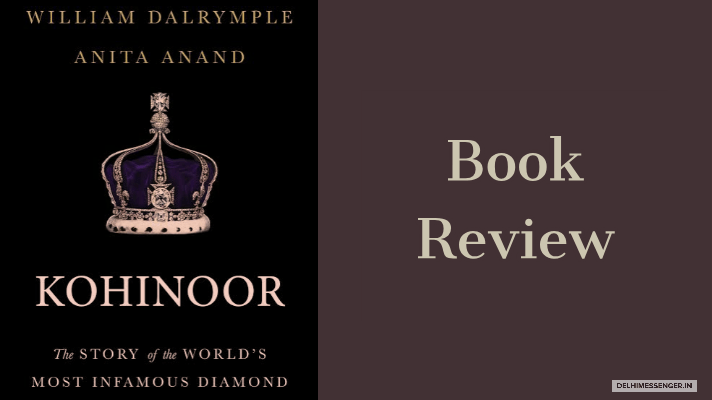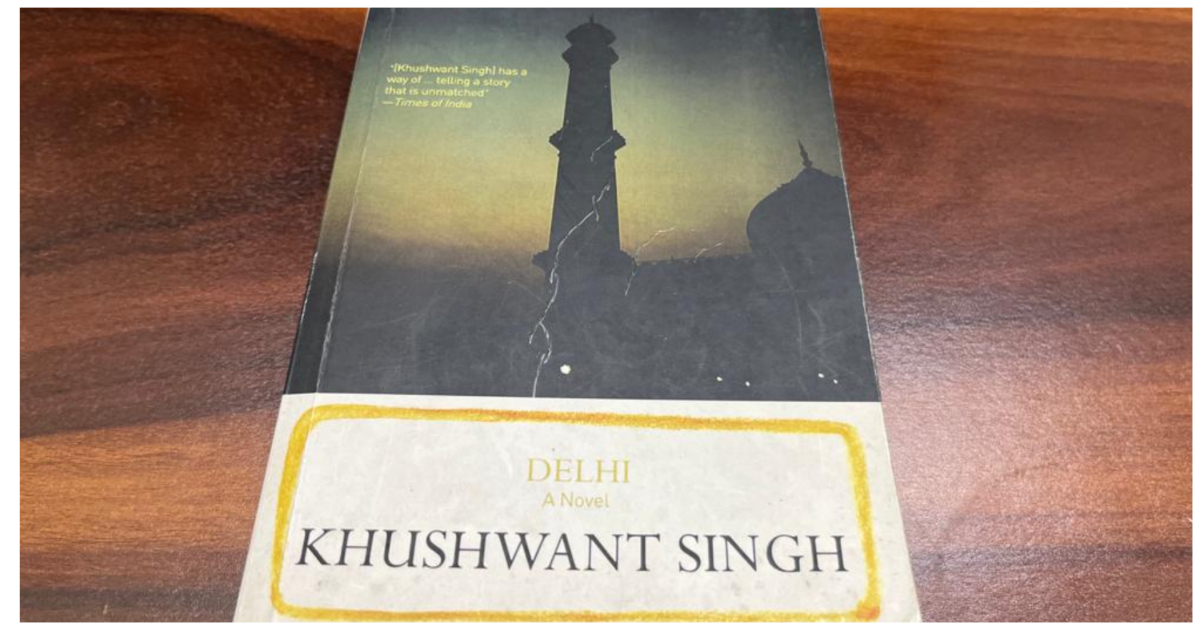Book review | Kohinoor by William Dalrymple and Anita Anand
The Kohinoor is the world’s most controversial gemstone. It has never been an easy subject for any writer. A study of the subject involves the precious diamond, the socioeconomic dynamics of the empires of that era, the turbulence of that period, and of course certain myths associated with it. Historian William Dalrymple and journalist Anita Anand have collaborated on this exquisite piece of work, a wonderful book about the fascinating stone.
Myths and legends play their fair part in Kohinoor. Dalrymple has tried to do justice to these.
Since Babur’s period, the Kohinoor occupied an important place in the Mughal treasury. It was later given pride of place on the magnificent Peacock Throne, commissioned by Emperor Shah Jahan. The magnificence of this royal stone was at its zenith at this point of time.
In 1739, the Persian ruler Nader Shah swept through Delhi. With all the treasures carried into Persia after the bloodshed and the looting, the Peacock Throne, with the Kohinoor embedded in it, also left Indian shores. The book is quite clear that the history of the diamond prior to being taken by Nadir Shah is based only on guess work and fables.
Shah was murdered and the Afghans took the diamond. It was then taken by the Sikhs under Ranjit Singh. When the British conquered Punjab in 1846, the ten-year-old King Duleep Singh gave it to Queen Victoria. It is currently in the Tower of London.
Dalrymple also goes into the cultural and religious relationship Indians have with gem. The book also talks about the curse associated with male ownership of the Kohinoor, considering the fates of Nadir Shah, Ahmad Shah Abdali, Duleep Singh, Shuja-ul-Mulk, and so on. Conflict and death surround the Kohinoor, with greed, theft, and blood muddying its sparkle.
The second part of the book is written by journalist Anita Anand. She tells the story of King Duleep Singh. Anand sites the history of the diamond in the hands of the British. The author also discusses the characteristics of the diamond. It is thought the diamond came from the Kollur mine in Andhra Pradesh, India, in the 13th century. It was claimed to be 793 carats and 158.6g of clear uncut diamond.
The book is well written and meticulously researched, like any Dalrymple book. The authors tell the complicated story by drawing on a wide range of literature and memoirs. Koh-i-Noor, which in Persian means mountain of light, has been the subject of research by many historians with contradictory assessments. However, Dalrymple and Anand have refrained from sensationalizing the subject, instead staying focused on a genuine approach which lends immense credibility and authenticity to their effort. A true William Dalrymple-stamped piece of work, well balanced by Anita Anand’s.
Fans of William Dalrymple who have high expectations from this book will not be disappointed.
By guest contributor Sachin Arora.




